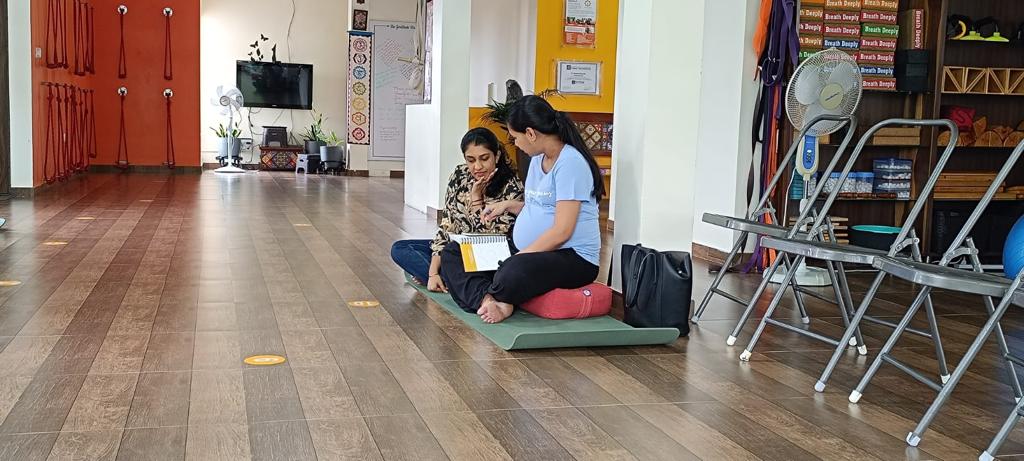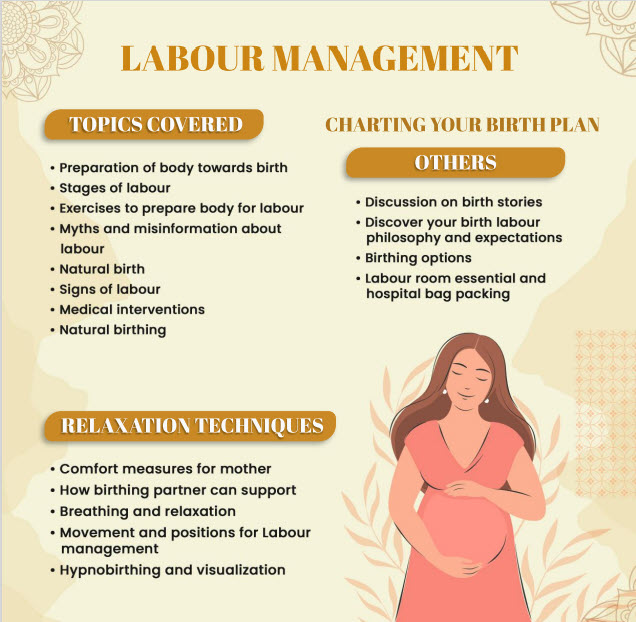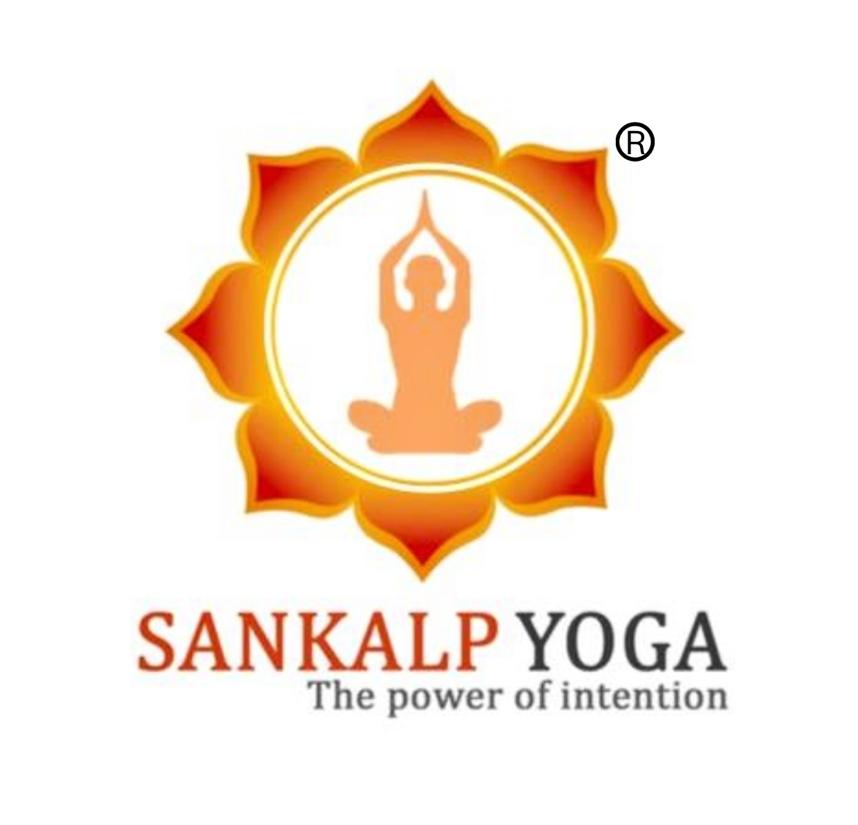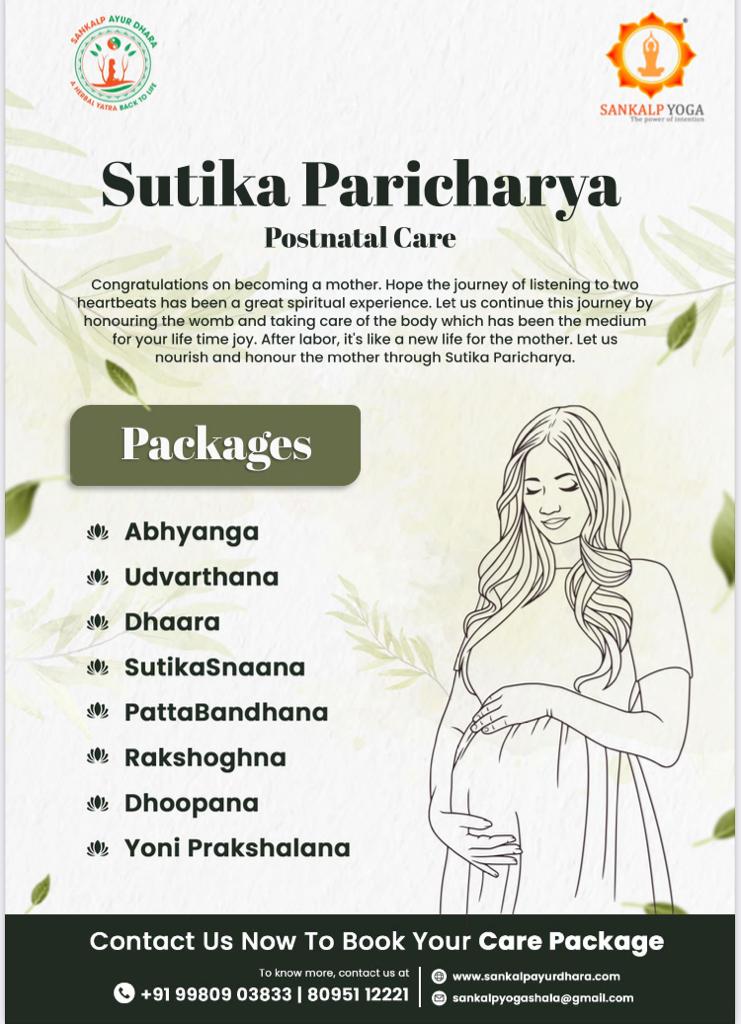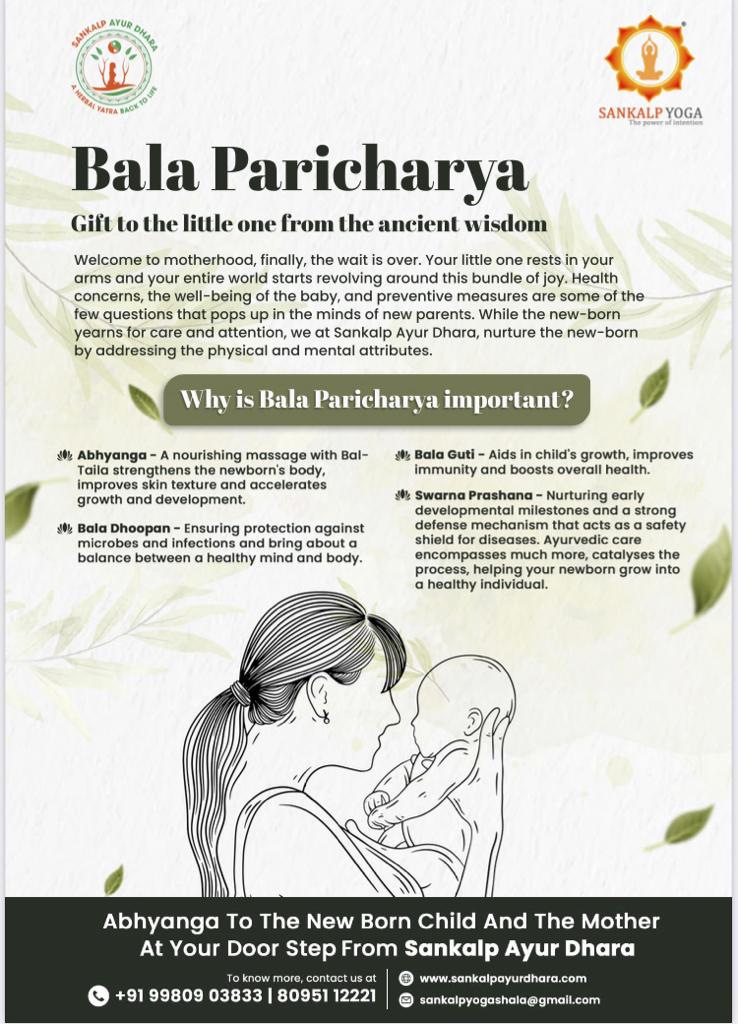Postnatal Yoga
For a healthy you!
What Exactly Is Postnatal Yoga?
Postnatal yoga is a low-intensity, modified yoga practise. Your body undergoes several modifications following delivery. This style of yoga is intended to aid in the recovery of your body. During the first three months following delivering, postpartum yoga provides the biggest advantages.
Postpartum yoga, for example, has been demonstrated to reduce the risk of postpartum depression. Yoga can help you balance your energy, decrease stress and anxiety, and drop your blood pressure.
Yoga courses after pregnancy are available from four to six weeks after delivering to six months. Gentle and targeted exercise will help the body get back into shape while also dealing with mood swings caused by hormonal fluctuations.
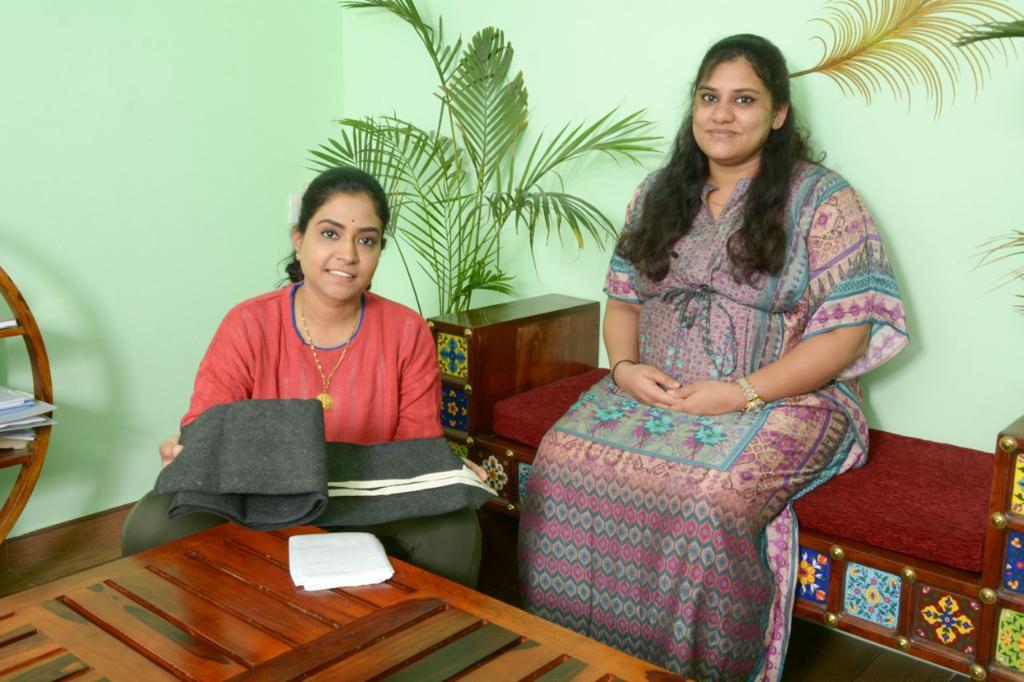
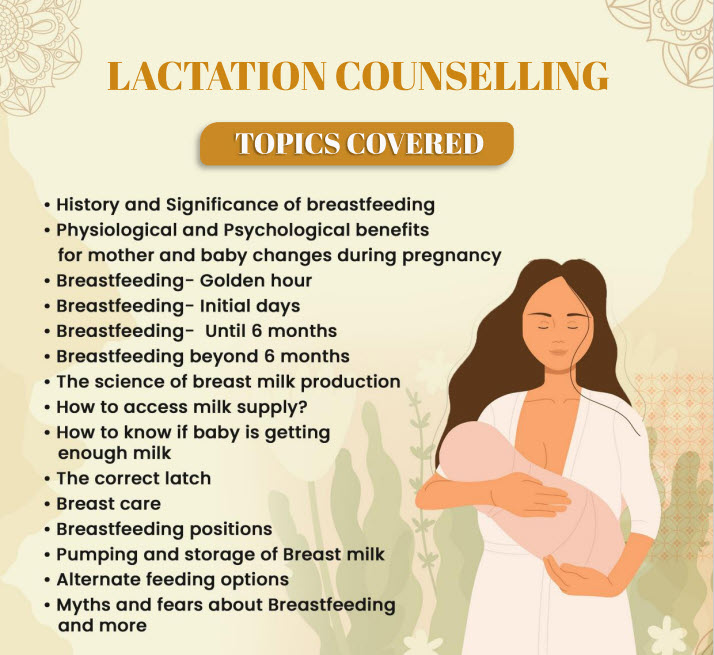
When can you begin with Postnatal Yoga?
Women experience a variety of physical and mental issues following delivery, including morning sickness, pain around the waist, weight gain during pregnancy, and anxiety. Along with a nutritious diet, a few Yoga asanas can always help you deal with these daily issues. Yoga, in addition to body toning, calms your inner mind, body, and soul and can help you deal with stress and nervousness.
Yoga is one of the best exercises for staying healthy, fit, and building physical strength. The postpartum weight gain is normal, but it must be lost quickly or it will lead to severe illnesses such as obesity and thyroid problems in the future. Women should ideally begin yoga 8 to 10 weeks after giving birth. Remember to always consult your doctor and give your body enough time to heal before beginning any weight loss, Yoga, or exercise program.
If you had a c-section, your scar may look and feel better after two weeks, but full internal healing may take six to three months.
During pregnancy, your abdominal muscles will naturally separate to make room for your growing baby. It could take up to eight weeks (or longer) for them to recover.
Exercising incorrectly before this separation has healed can set you back years in terms of regaining core strength.
So, in the long run, your patience in approaching your return to exercise correctly will pay off!
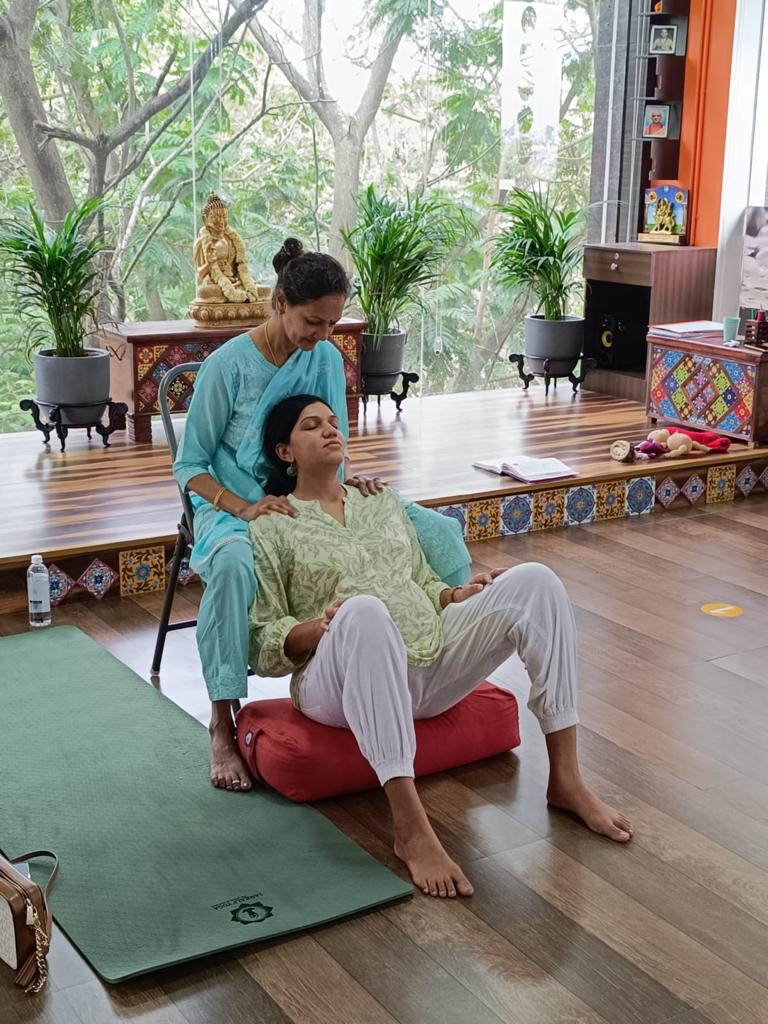
Why Postnatal Yoga?
While the majority of expectant and new mothers are aware of prenatal and postnatal yoga, they do not practise it. Women’s health is not a high priority for them. They are unaware that neglecting themselves will affect their work and ability to be present for their children. It is not selfish to prioritise one’s health; rather, it is the foundation of a happy and healthy life.
Childbirth is a physically demanding activity that puts a lot of strain on your body. Postpartum yoga is intended to assist your body in gradually returning to a healthy new normal you.
Returning to a consistent yoga practise postpartum may not seem like an immediate priority, but even a few minutes per day can help with recovery, healing your body, and providing emotional support. Joining small group yoga classes can also help foster community while you care for yourself and your baby. Sharing postpartum recovery with yoga classmates strengthens community bonds and alleviates the isolation, overwhelm, and exhaustion that is common in the first months after giving birth. Relationships formed during this postpartum period allow the benefits of yoga to transcend the mat and into the busy lives of mothers
Benefits Of Postnatal Yoga
Postnatal yoga aids in the recovery from pregnancy and childbirth. It heals the body and mind, restoring all tissues to their former glory.
Attending a postnatal yoga class has the following advantages:
- Provides rest and instant relaxation
- Restores the body towards full core strength
- Restores hormonal balance
Helps with milk production
- Improves blood flow
- Positivity
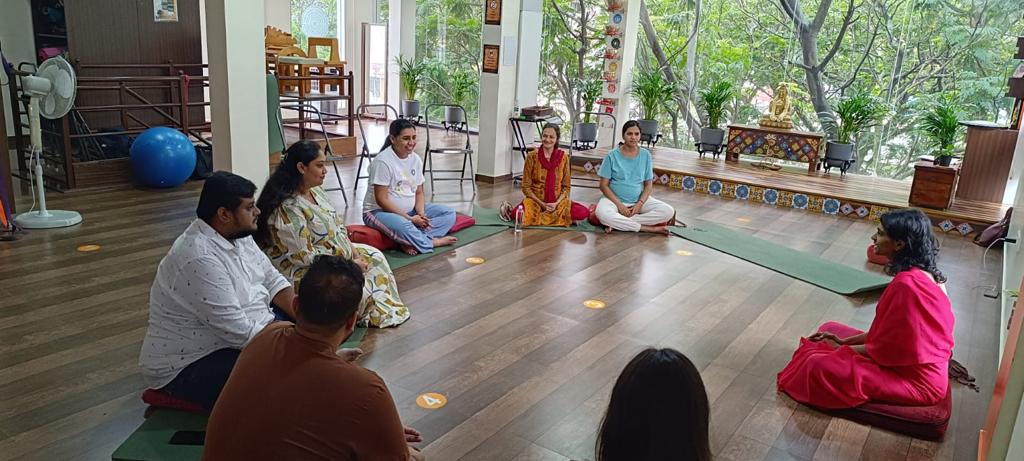
Safety precautions to take before Postnatal Yoga
Before beginning any exercise programme after giving birth, consult with your doctor. While you may be able to stretch and exercise, your body may require additional time for recovery and care following delivery.
If you have diastasis recti, or a separation of the abdominal muscles after pregnancy, consult your doctor about which positions to avoid, such as lifting heavy weights, and what other exercises and therapies may help correct the separation.
Exercise during the postpartum period may be difficult, but it should not be harmful. If you are in pain, have increased or excessive bleeding, or have any other concerns, contact your doctor as soon as possible. Perform yoga asanas that you are comfortable with and avoid junk food, fried foods, and foods that are extremely hot or cold.
You’ll need to be just as mindful of your body after giving birth as you were during pregnancy. There’s no need to rush back to your pre-pregnancy shape. It is critical to concentrate on how you feel and allow your body to heal
Conclusion
Throughout your yoga practise, pay attention to your body. If something doesn’t feel right, you can always come to a halt and move into a familiar pose, such as Child’s Pose, to rest.
While you’re at it, keep early yoga sessions short and work your way up to longer stretches of exercise. As the weeks pass, you’ll feel stronger in your routine and may even feel more confident in your role as a parent, both physically and mentally.
There’s an old adage that goes, “If you have a happy mummy, you have a happy baby.” Post-pregnancy yoga promotes balance, respect, and nurturing, and the babies naturally follow suit. Before enrolling in postnatal yoga classes, consult with your gynaecologist.
About the educator
Nanditha is the founder and coordinator of Saaki, an organization focused on women and child welfare. She’s a Childbirth Educator, mentored by Gynecologists and senior CAPPA members, with a Master’s degree in Philosophy and a certificate in Counseling Skills. Her research centers around Conscious Parenting and its impact on Child Development. Additionally, she is a trained Playback Theatre Artist from Yours Truly Theatre. Nanditha has conducted diverse workshops across various sectors, including corporates, education, and the social sector. Her workshops combine theater, art, mindfulness, and community-based approaches to convey their purpose effectively.
